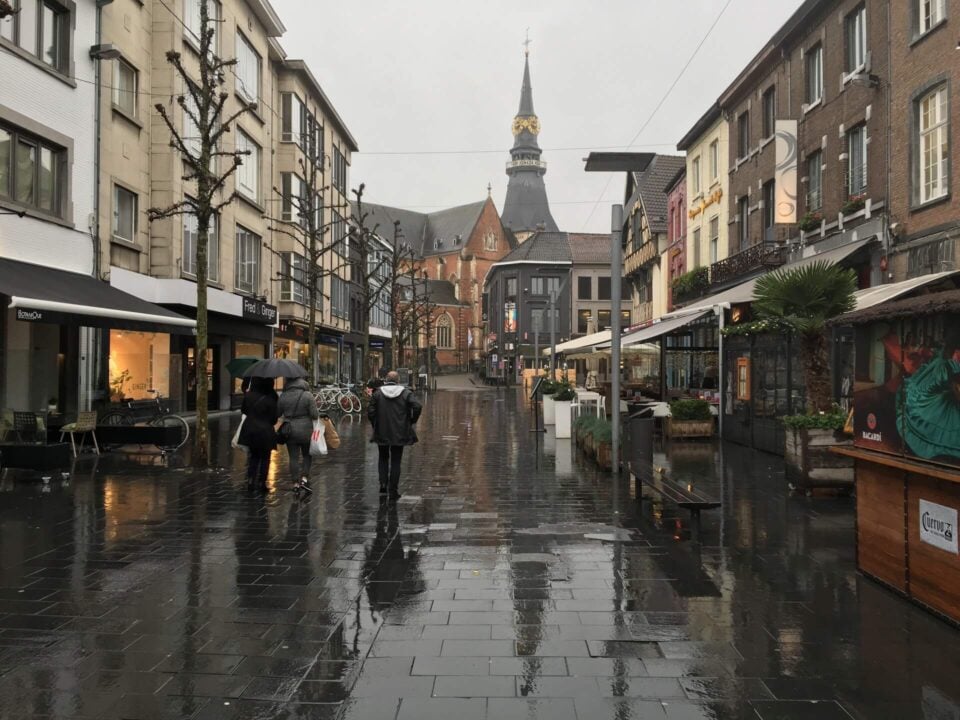Hasselt (Belgium) – a small town with a population of about 78 thousand people, it is the capital of the province of Limburg. Until the first third of the 19th century, the province occupied a much larger territory, covering parts of present-day Belgium and Holland. The capital of Limburg at that time was Mastricht. When Belgium gained independence, Limburg, accordingly, was divided into several parts. The city of Hasselt became the administrative center of the Belgian province.
Interesting fact! In 2004, the town received the title of the friendliest village in Flanders.
General information
Hasselt looks like an old medieval settlement. The city is located on the banks of the Demer River and covers an area of just over 102 square kilometers. It is noteworthy that the population is fluent in three languages – Dutch, German, and French.
Useful information! The journey from Brussels takes no more than one hour.
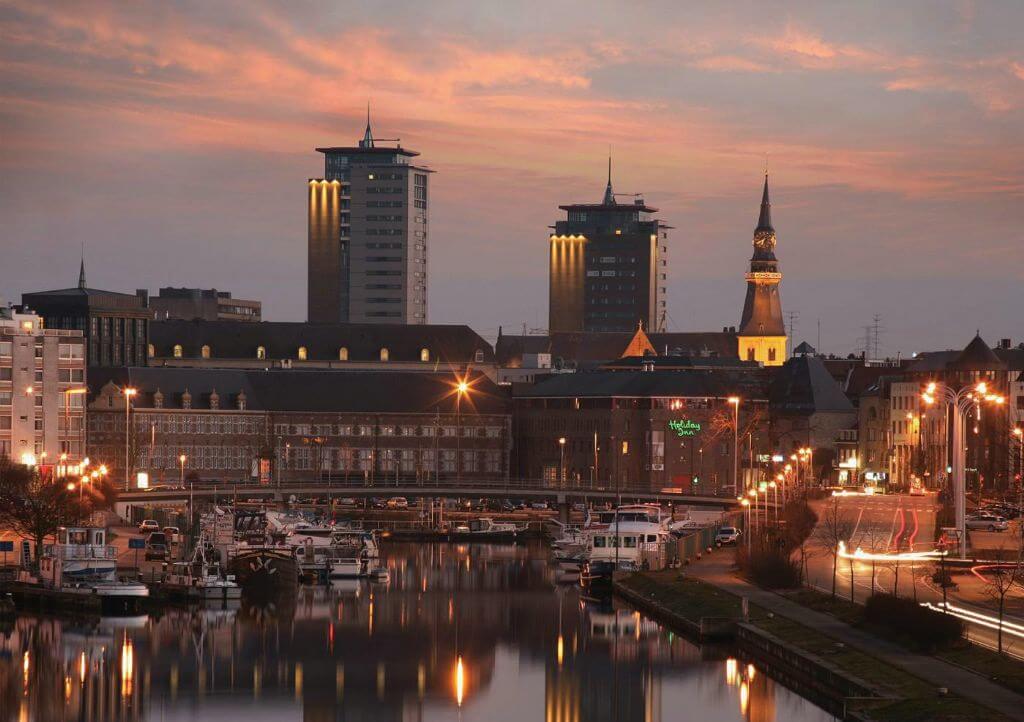
Hasselt is the most important transport hub on the map of Belgium. Here is the E313 highway connecting the city with Europe. The railway lines from Hasselt diverge in four directions, which undoubtedly contributes to an increase in the tourist flow.
Historical excursion
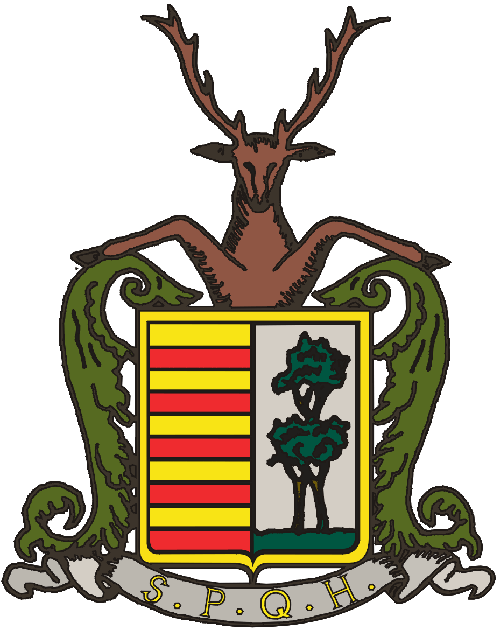
The city of Hasselt was formed in the 7th century. The name of the locality means “walnut forest”. By the 12th century, the settlement in Belgium had become the richest city in the county of Lohn and occupied an area corresponding to the area of the modern province of Limburg. For 400 years, the settlement was ruled by the Bishops of Liege. Drastic changes took place in Hasselt from 1794 to 1830. During this time, the city was ruled by the French, Germans and Dutch. At the beginning of the 19th century, one of the most significant battles in Belgium took place, during which the Belgians won independence from the Netherlands. 9 years later, Hasselt became the main city of the province in Belgium.
Hasselt flourished in the 19th century, when a railway was built on its territory, and the production of the legendary alcoholic drink was opened. In 1940, the Albert Canal was opened in Belgium, which contributed to the development of the industrial complex. In 1971, the city University started its work.
It is important! Features of the city in Belgium-well-developed infrastructure, well-established transport links, vibrant nightlife, numerous historical monuments and shops for an exciting shopping experience.
Hasselt Attractions
The city of Hasselt is notable for its cluster of temples, churches, basilicas. The largest Japanese garden in Europe and the Gin Museum are of great interest.
Japanese Garden
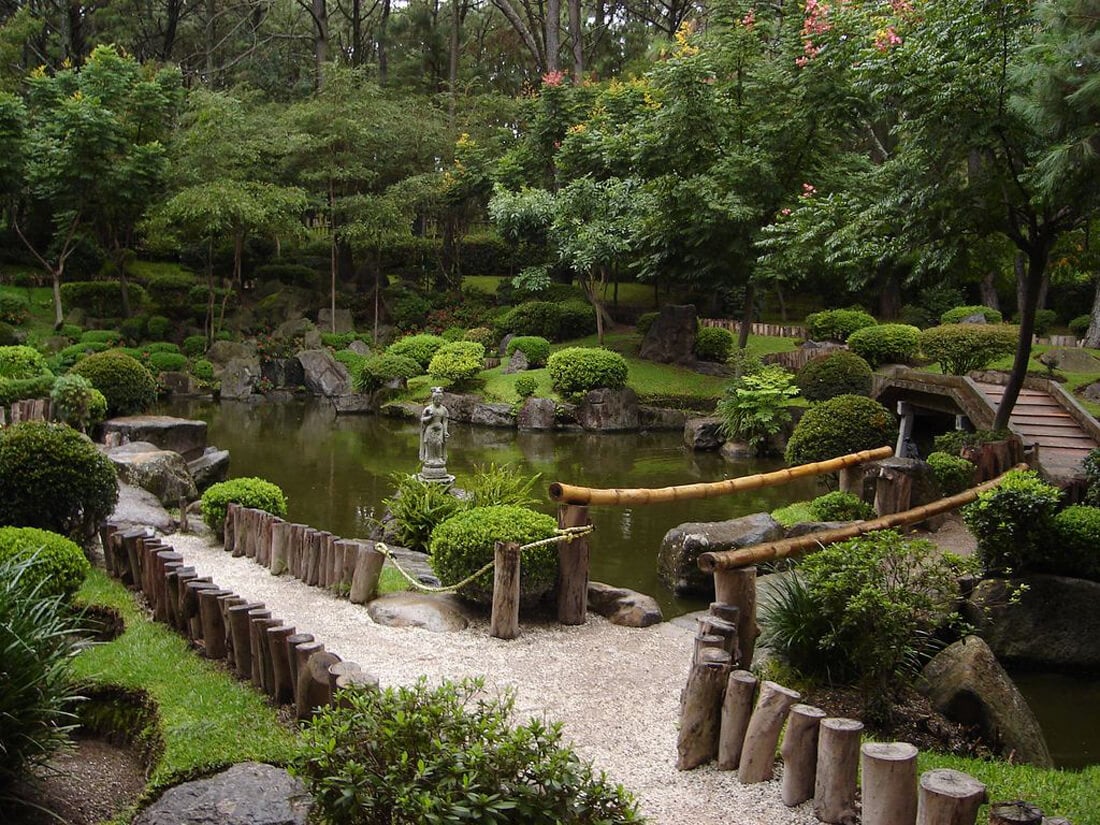
An interesting and picturesque attraction in Hasselt, located on 2.5 hectares of land near Kapermolen Park. In the north-eastern part of the city in Belgium, a quarter of a thousand Japanese cherries are planted. There are also 5 Japanese apricot trees, or ume, growing in the park. The Japanese apricot tree blooms in early spring and, like sakura, has beautiful flowers, except that they are white instead of pink.
In one of the squares in Hasselt’s garden, there is a large collection of Japanese wisteria, or fuji, that hang over picnic tables. In Japan, the plant is often used in bonsai art. The famous blue flowers bloom in spring and summer. But they are very sensitive, so when spring is too cold or hot, they may not bloom.
The park was donated to the Belgian city by its Japanese sister city Itami. The Japanese Garden in Hasselt is decorated in a classic style, which was used in the land of the Rising Sun in the 17th century. People come here for privacy and reassurance. The garden was created over the course of seven years.
It regularly hosts colorful events about the life of Japan, and in April you can enjoy the flowering of all the cherry trees. If you want to attend a tea ceremony, please reserve your seat in advance.
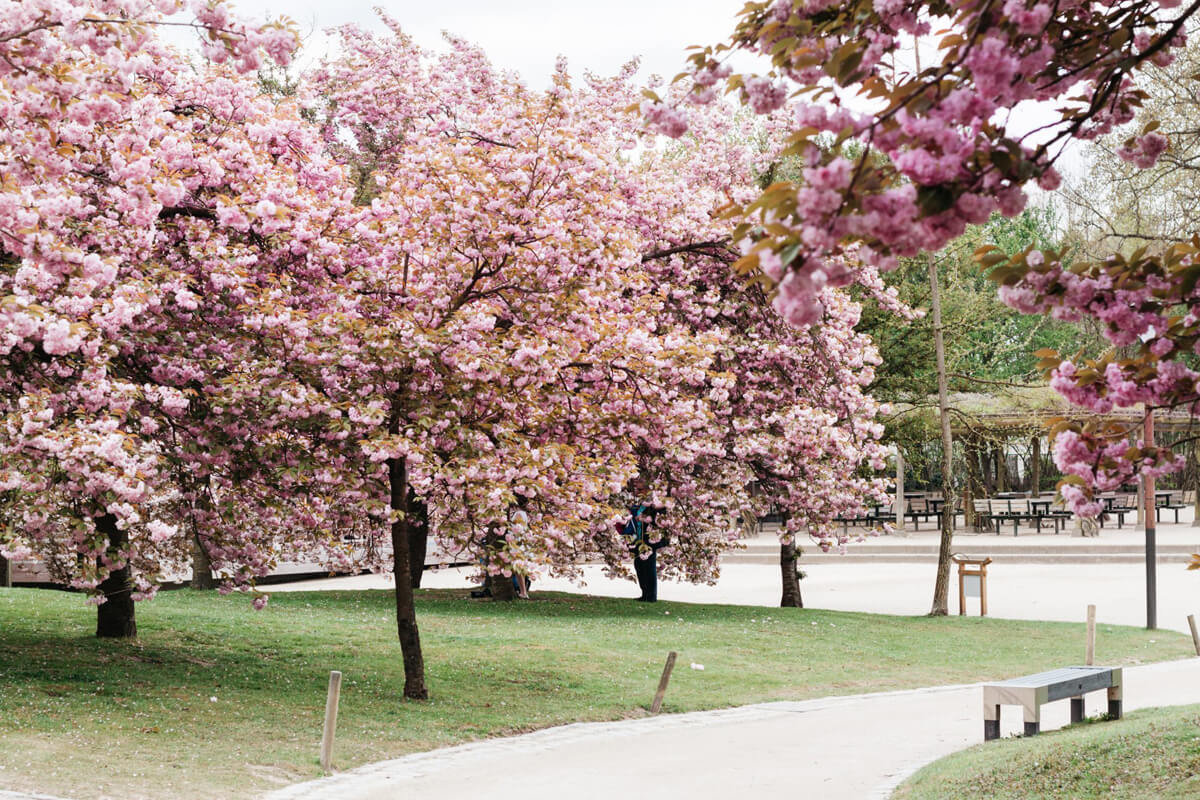
Useful information: you can visit the garden from April to October. Opening hours:
- from Tuesday to Friday – from 10-00 to 17-00;
- on weekends and public holidays-from 13-00 to 17-00;
- Monday is a day off.
The entrance fee for adults is 6€, children under 12 years old can walk in the garden for free.
Henkenrode Abbey
The Belgian tourist attraction is 6 km from the city’s train station. The name consists of two words of Celtic origin:
- arica creek;
- rode – open.
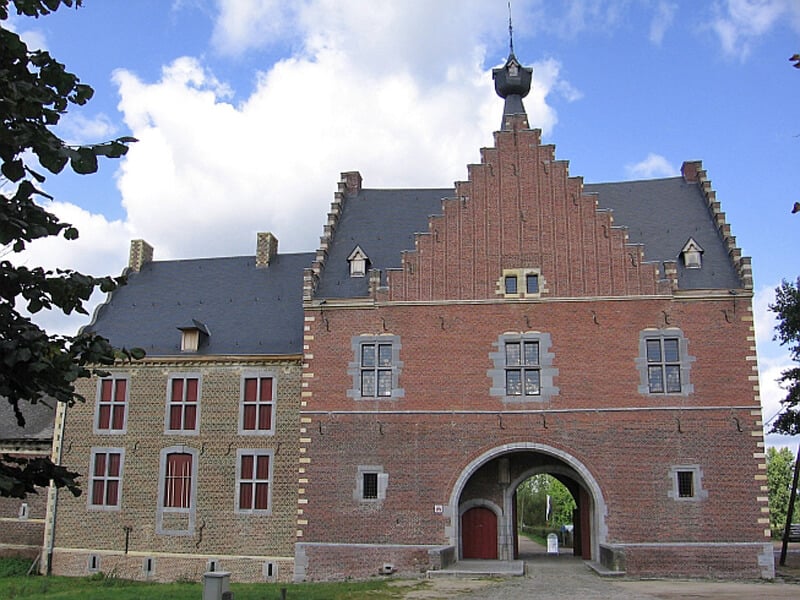
The influential abbey opened in the early 12th century. Later, representatives of the Cistercian order settled in it, and a hundred years later it became the largest women’s abbey.
In the 16th century, as a result of an attack, the abbey was looted, but a few years later it was restored. After that, the number of parishioners increased, and the territory of the abbey expanded.
In 1998, the buildings were restored. Unfortunately, the first buildings dating back to the 12th century could not be preserved. Today, tourists can walk among the buildings of the 15th and 17th centuries.
Practical information:
- You can visit the abbey every day except Monday from 10-00 to 17-00.
- The attraction is open from April to the end of October. You can enter the abbey half an hour before it closes – at 16-30.
- Official website: www.abdijsiteherkenrode.be.
Prices:
- adult ticket (experience center + garden) – 5€ + 4€;
- teenagers from 12 to 18 years – 3€ + 2€;
- Admission is free for children under 12 years of age.
Gin Museum
Gin is an alcoholic drink that is also called juniper vodka. A well-prepared drink has a dry, balanced taste. It is believed that gin has a rather sharp, strong character.
On a note! The drink, which is produced in Belgium, is recognized as the most aromatic, strong in taste qualities around the world.
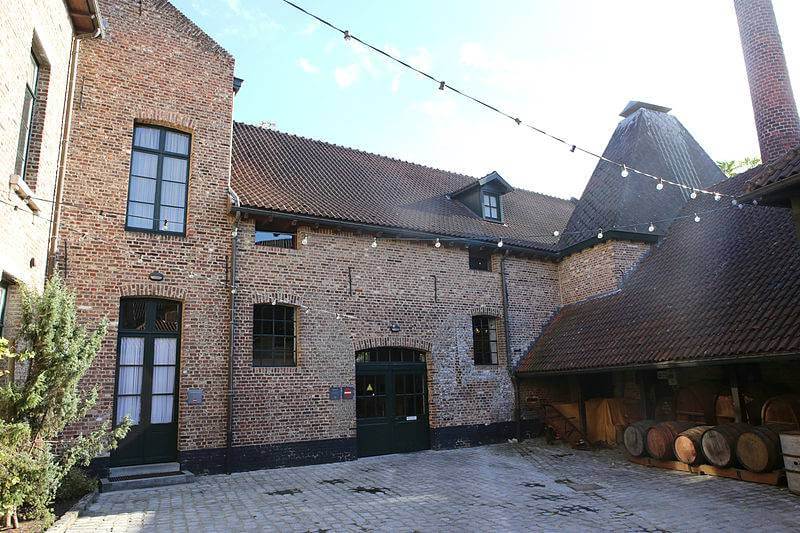
The museum is located in a building that used to belong to a Franciscan monastery. The temple was taken over by a private owner in the 19th century, and since then it has housed a gin factory until the mid-20th century. For a long time, the building was not used, but in 1983, on the instructions of local authorities, restoration began. 4 years later, the beverage museum opened here.
A special feature of the attraction is that the historical premises are reliably recreated here. In addition, tourists are shown old equipment.
This is interesting! This is the only place in Belgium that runs on an ancient steam engine.
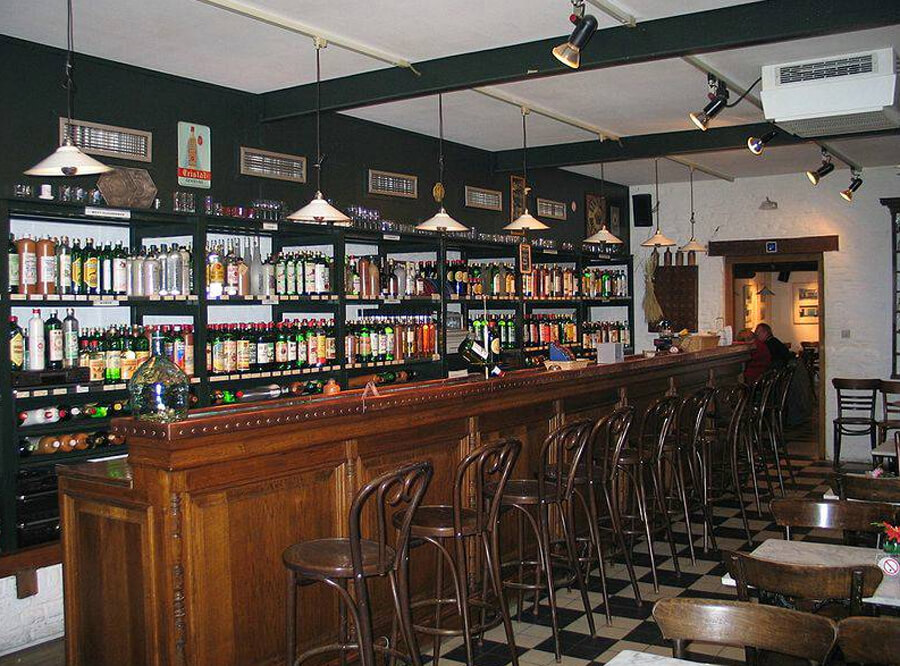
During the tour, you can get acquainted with the gin production process, taste the drink and even buy a bottle. By the way, the tasting room offers more than 140 types of alcoholic beverages. There is an interesting collection of items related to gin-dishes, labels, jugs, posters
Ticket price:
- adults — 7€ (1 drink included),
- for seniors – 5€ (1 drink included),
- for young people (12 to 26 years old) – 3€ (with a drink),
- Admission is free for children under 12 years of age.
Session time:
- from April 1 to November 1, the restaurant is open daily, except Mondays, from 10-00 to 17-00;
- from November to the end of March, you can visit the institution from 10-00 to 17-00 (Tuesday to Friday), and on weekends – from 13-00 to 17-00.
- Monday is a day off.
Address: Witte Nonnenstraat 19, Hasselt 3500 Belgium. Website: www.jenevermuseum.be.
Plopsa Indoor Park
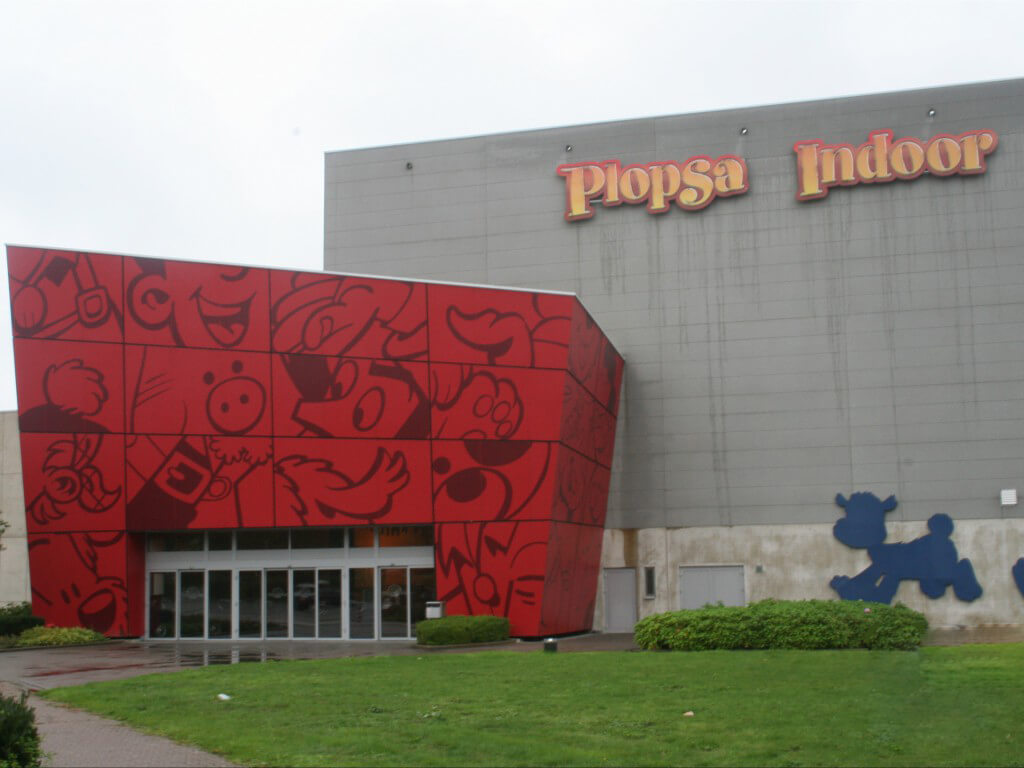
Here you will find attractions and entertainment for children of all ages and parents. The Pirate attraction is an analog of a roller coaster. Trailers fly at breakneck speed through the cave, next to the rocks.
You can tickle your nerves at the Mayak attraction-guests are lifted high up and lowered down at high speed. And the CrookedBarge attraction is adored by all children, because here you can shoot cannonballs from a cannon. On a raft with the help of a rope, visitors cross to the opposite bank.
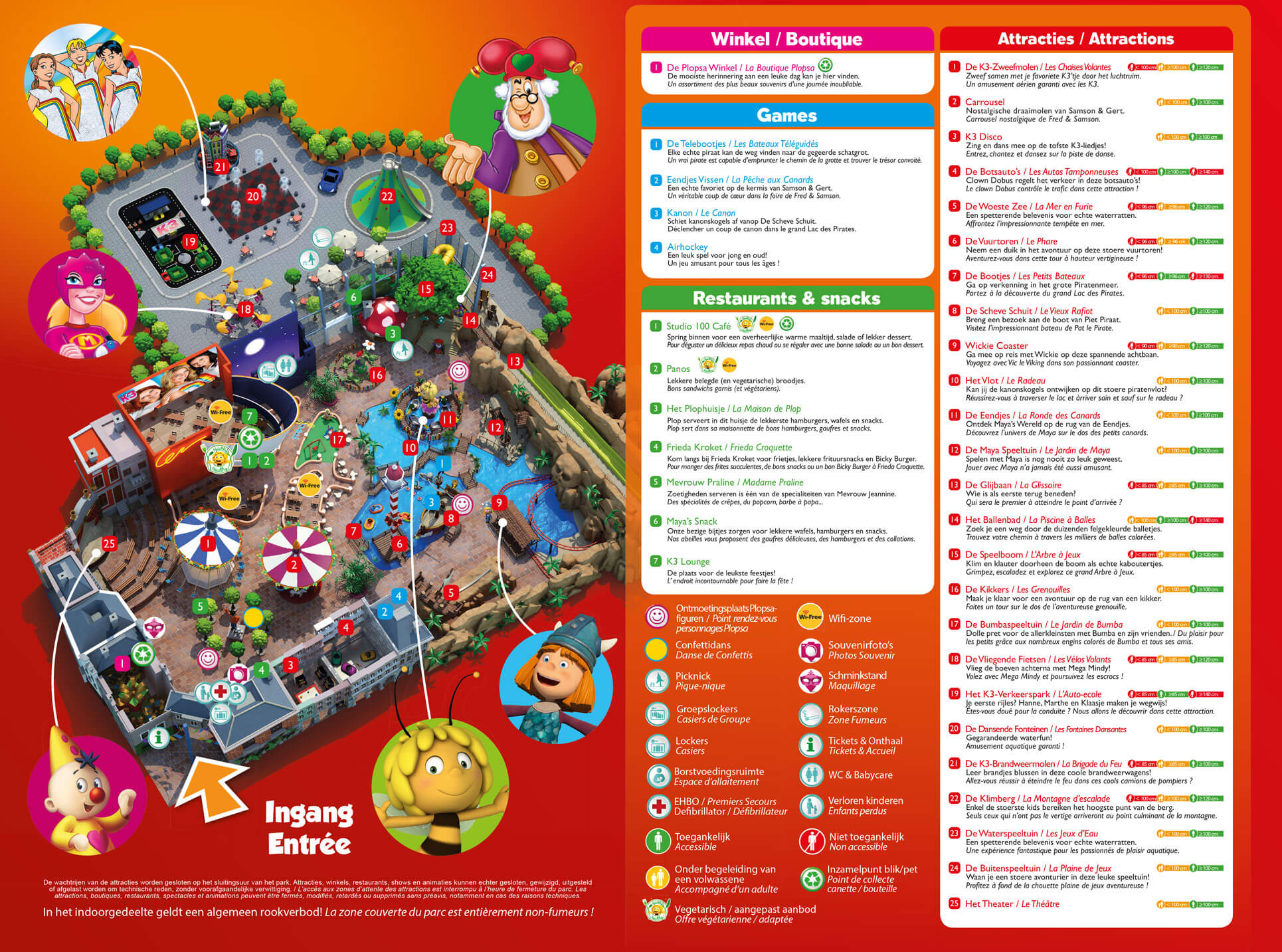
For dance lovers, there is a dance floor where a good mood and absolute freedom of movement are guaranteed. Another fun attraction for children is the Toad carousel. Kids enjoy riding ducks and boats, and older children enjoy riding daisies and cars.
You can have a snack in the cafe or dining room, where sweet pancakes with chocolate paste and sandwiches are served. The restaurant offers a delicious and satisfying meal, and the menu includes pasta and national Belgian dishes.
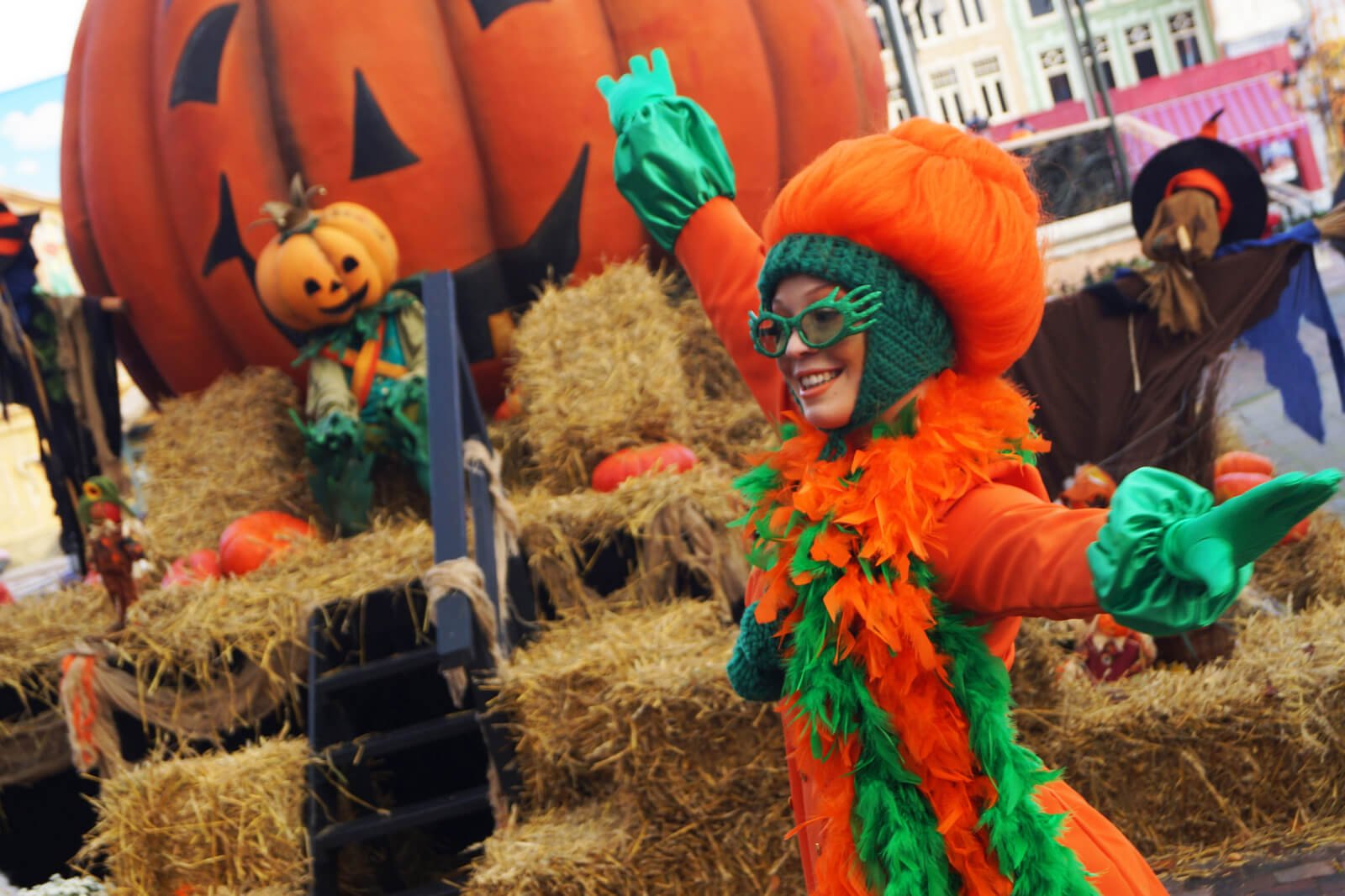
The price of a session depends on the user’s height and age:
- below 85 cm admission is free;
- height from 85 to 100 cm entrance 15,5€;
- above 100 cm entrance 41,5€;
- Visitors over the age of 70 will be charged€15.5 to enter.
Official website: www.plopsalanddepanne.be.
St. Quentin’s Cathedral
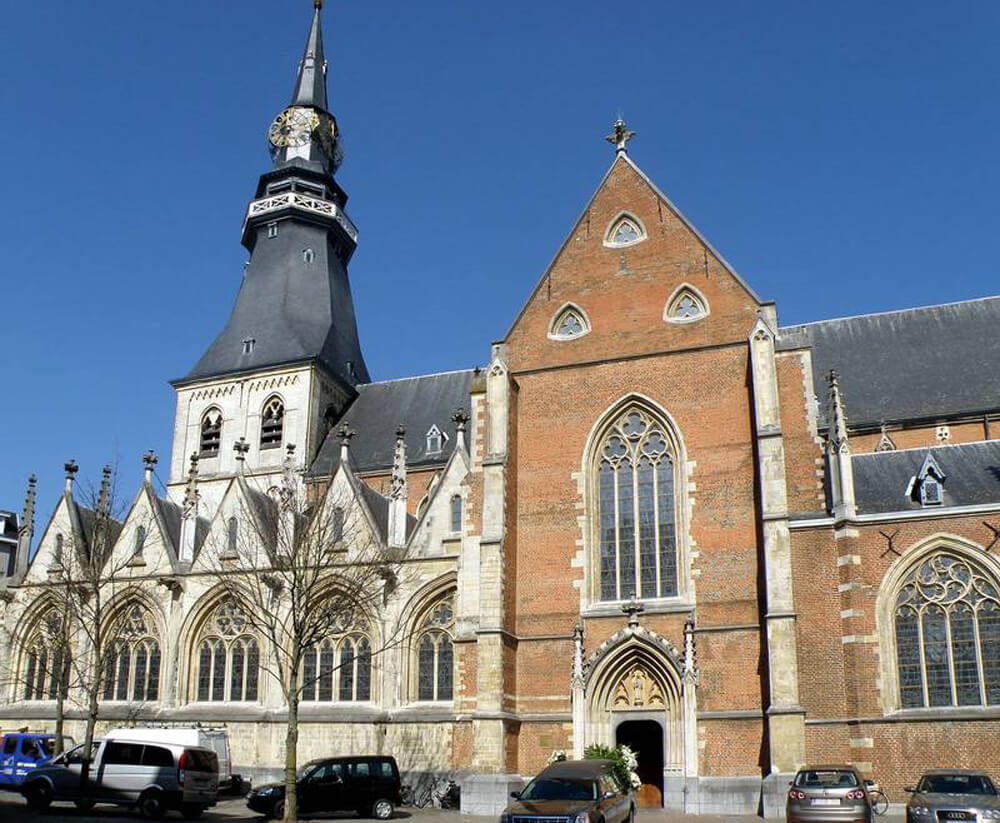
The main cathedral of the city diocese is located on Wismarkt Square. This is the historical part of the city, the most ancient – it was here that the first settlements appeared, they grew to the scale of the city in the future.
In the exterior design of the building facade, several styles are clearly visible, this is due to the fact that the cathedral has been repeatedly reconstructed and rebuilt over the long history of its existence. The lower part of the building is decorated in Romanesque style (12th century), the tower, rising to a height of more than 60 meters, is made in the Gothic style, the chapels are built of traditional bricks. The spire of the main tower was replaced in 1725, it was damaged by a lightning strike.
Please note! The cathedral is recognized as the richest in the entire province. The temple is decorated with a carillon made of 47 bells.
The carillon museum is open in the cathedral, tourists are taught about the methods of casting bells, the technique of playing them, and demonstrate the tools necessary for the maintenance and repair of the clock on the tower.
One of the most popular attractions in Hasselt, Belgium, is located at Fruitmarkt (historic center).
How to get there from Brussels
The distance between Brussels and Hasselt is only 70 km, and there are regular train and bus connections between the two cities.
By train
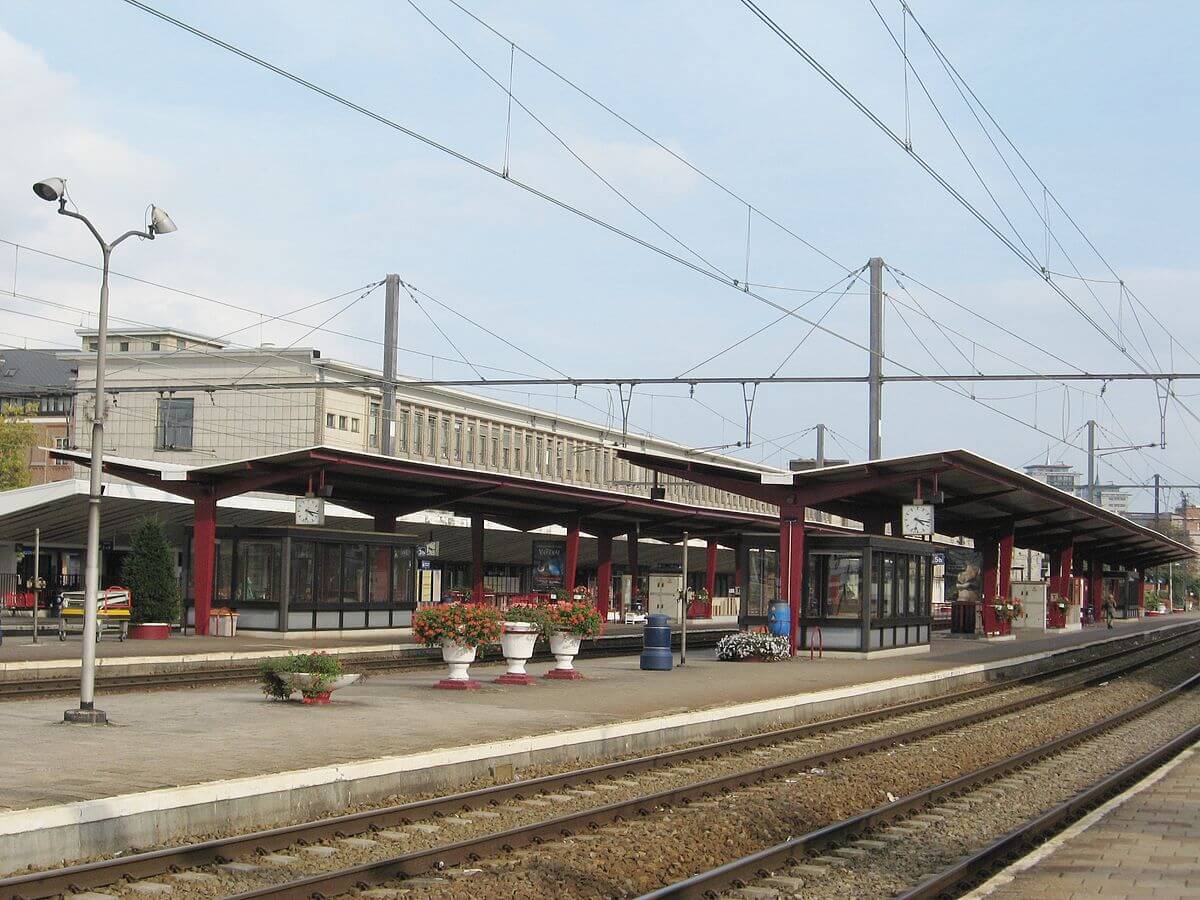
Trains depart every 20-40 minutes. The ticket price for a second – class carriage is 13 euros, and for a first-class carriage-20 euros.
You can get acquainted with the current schedule, fare, as well as book a ticket on the official website of the railway. www.belgianrail.be.
Buses leave less frequently, but travel will be cheaper.
By car
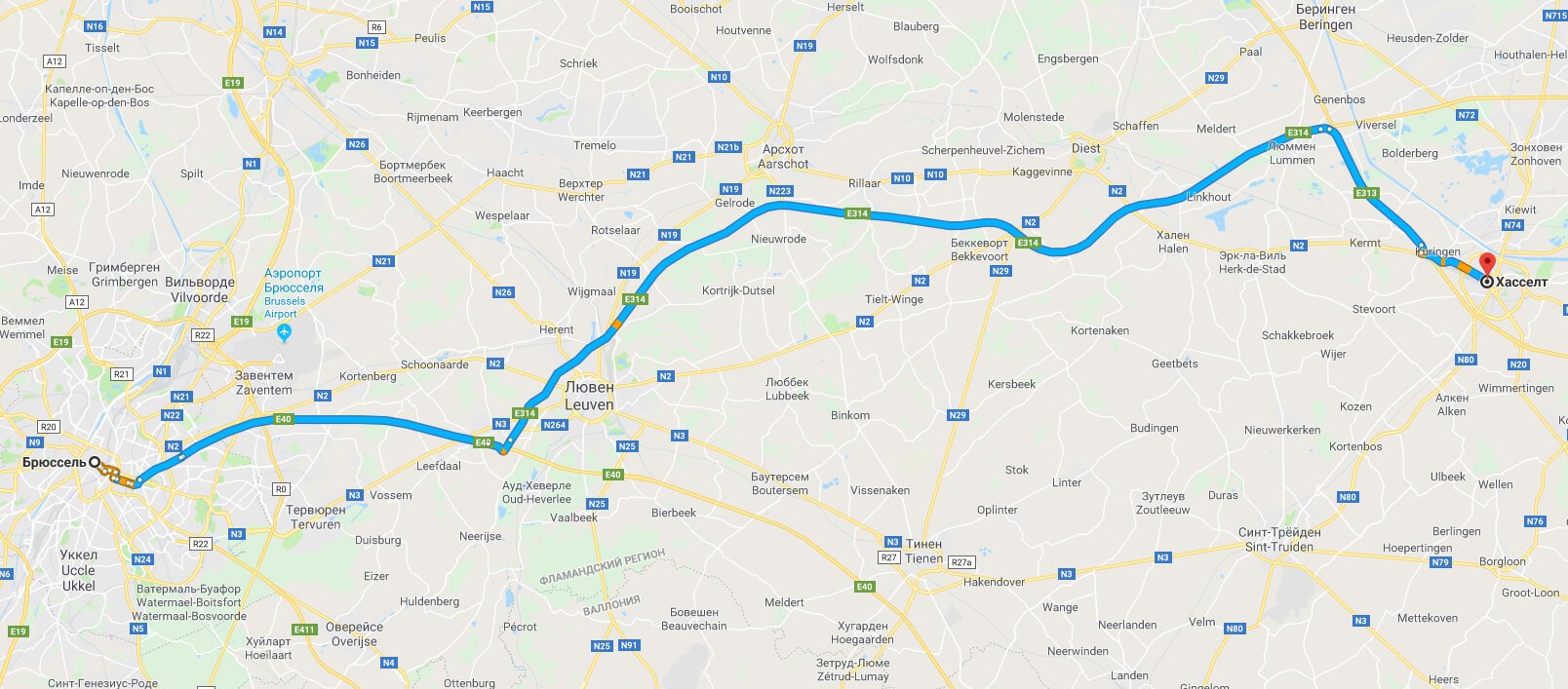
If you are traveling by private transport, follow the E314 motorway from Brussels towards Aachen. When you reach the Lummen interchange, switch to the E313 motorway heading towards Liege.
A fascinating and picturesque journey awaits those who follow from Brussels via Leuven, Diest and up to Hasselt.
The city of Hasselt (Belgium) is a beautiful medieval town that will introduce you to the history of the country, surprise you with its original architecture and fascinating sights.

